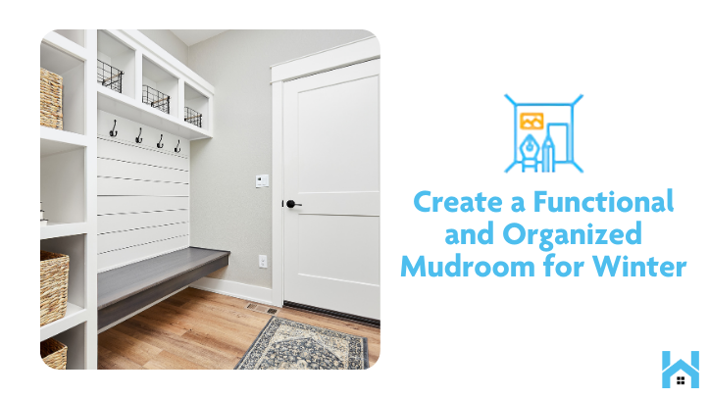Maintaining a sturdy, good-looking fence is essential for curb appeal, privacy, and security—but professional repairs can be expensive and intimidating. The good news? Many common fence repairs can be tackled by homeowners with a bit of planning and the right tools. From replacing damaged boards to fixing sagging posts and securing a leaning gate, this guide walks you through the essential DIY fixes that can restore your fence and save you money.
You’ll learn which materials and tools are best for your fence type (wood, vinyl, or chain link), how to prep your workspace safely, and what step-by-step techniques will help you get the job done right. Plus, we’ve included helpful tips for long-term maintenance to keep your fence in great shape year-round. Ready to take on your next weekend project?
Benefits of Tackling DIY Fence Repairs Yourself
.jpg_00.jpeg)
DIY fence repair not only saves money—it’s also incredibly satisfying. Fixing your own fence improves your property’s appearance and functionality while giving you hands-on experience with basic construction skills. It’s a rewarding way to build confidence, enhance your outdoor space, and even boost home value.
Common Fence Fixes and How to Tackle Them
Replacing Damaged Boards or Panels
Ideal for wood or vinyl fences
Tools: Pry bar, saw, screws/nails, drill, stain or paint
Tip: Replace multiple boards at once to maintain a uniform look
Fixing Loose or Broken Posts
Crucial for structural stability
Tools: Concrete mix, level, shovel, post brackets
Tip: Reinforce with concrete to prevent leaning and sagging
Repairing Sagging or Leaning Sections
Often due to erosion or aging posts
Tools: Level, stakes, braces, fasteners
Tip: Assess soil conditions and re-anchor posts if needed
.jpg_01.jpeg)
Must-Have Tools and Materials
Power saw
Hammer or drill
Measuring tape & level
Safety gear (gloves, goggles, steel-toed boots)
Materials vary by fence type:
Wood: Pressure-treated boards, wood glue, sealants
Vinyl: Flexible adhesives, replacement panels
Chain link: Galvanized links, rust-resistant hardware
Step-by-Step Repair Planning
Prepare: Clear your workspace, organize tools, and inspect the damage
Measure and Cut: Use precise measurements to ensure tight fits
Install: Follow best practices for fasteners and alignment
Finish: Apply paint or sealant for weather protection
.jpg_11.jpeg)
When to Call in a Professional Fence Contractor
While many minor fence repairs are great for a DIY weekend, there are times when calling in a professional is the smarter—and safer—choice. Knowing when to bring in an expert can save you time, avoid costly mistakes, and ensure long-lasting results.
Hire a pro when:
The damage spans multiple fence sections or is due to major structural issues
Posts are rotted below the ground line or set in concrete
You’re dealing with tricky terrain, property line disputes, or local permitting requirements
You need a full fence replacement or want to upgrade materials
You lack the tools, time, or physical ability to complete the job safely
Why it’s worth it:
Professionals have the right equipment and experience to work quickly and efficiently
They can source higher-quality materials at better prices
Work is typically backed by warranties
You’ll get a clean, polished finish that boosts your home’s value and curb appeal
Even if you enjoy DIY projects, hiring a fencing expert for large or complex jobs ensures peace of mind and a durable result. Many contractors will even offer hybrid services—handling the major work while you take on finishing touches like staining or sealing.
Fence Maintenance Tips
Schedule seasonal inspections (spring and fall)
Clean regularly to remove debris and prevent mold or mildew
Check for rust, rot, or loose hardware
Apply weatherproofing treatments annually
Taking a proactive approach to maintenance can extend your fence’s life and reduce costly future repairs.
Conclusion
DIY fence repair doesn’t require professional skills—just a willingness to learn and a little elbow grease. With this guide, you can confidently take on common fence problems and enjoy the satisfaction of restoring your outdoor space. Whether you're replacing a panel, resetting a post, or touching up your paint, you’re building more than just a fence—you’re building confidence in your home improvement abilities.




